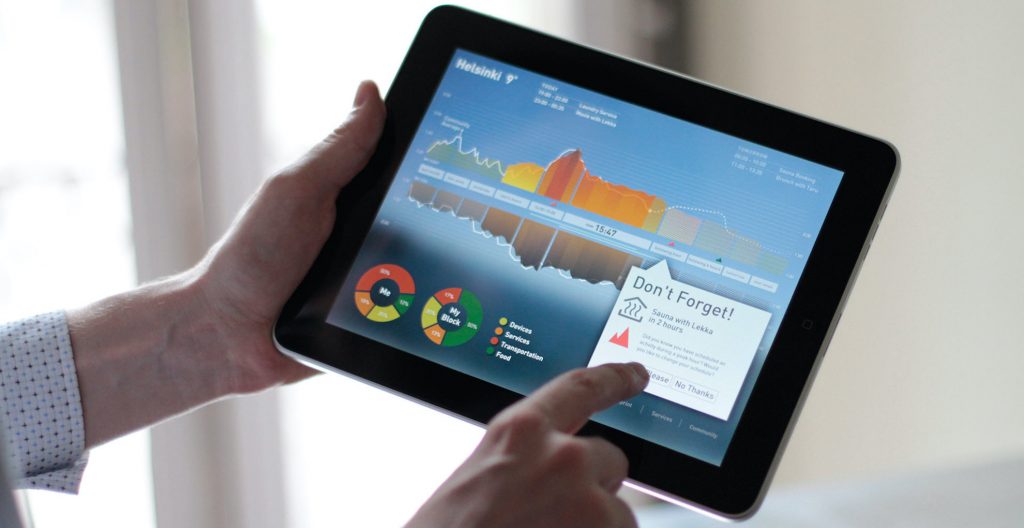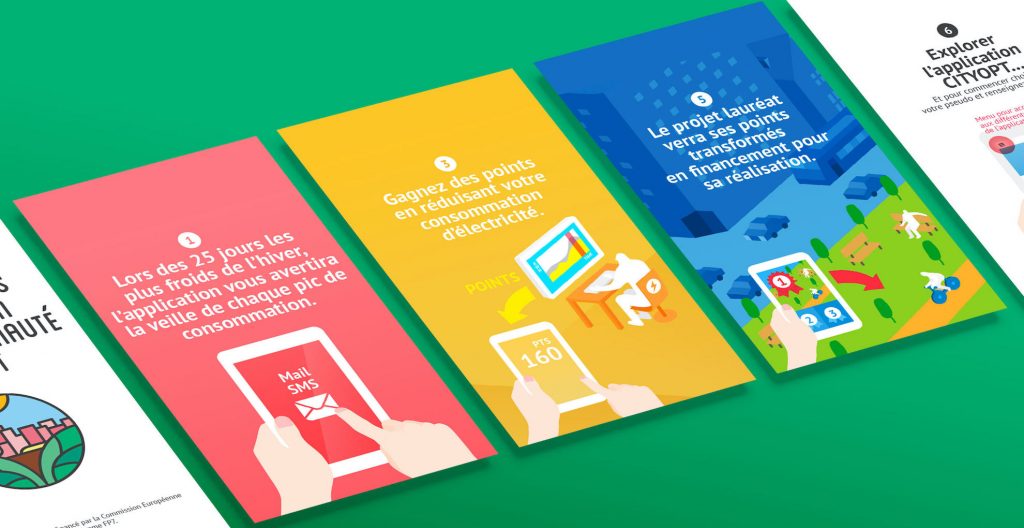Low2No: shaping the future of sustainable living

Low2No: shaping the future of sustainable living Sitra, the Finnish Innovation Fund Share In the former container port area of Helsinki, a building block named Airut (“messenger” or “herald” in Finnish) has risen to showcase innovative solutions for green developments worldwide. In collaboration with the engineering firm Arup, the architect studio Sauerbruch Hutton and Galley Eco Capital, Experientia has been a key contributor of this mixed-use development block, which houses around 500 residents, together with small-carbon-footprint services. 3 things to know Creating value through service design We designed energy demand management solutions and services and coordinated “mixed use” service offerings. The core of the service was enabling participatory solutions, such as games, competitions, workshops and websites for all its users. Behavioral change We analyzed drivers of behavioral change like environmental & life constraints, motivation and belief, social pressure and constraints, cultural framework, architectural and interface affordances, and designed fifty initial ideas for tools and services to facilitate behavioral change in Jätkäsaari Award winning Airut and Low2No have already won two awards – the 2011 Italian national prize for innovation in services and an acknowledgement prize in the 2011 Holcim awards for sustainable construction. Gallery In depth Service mix: Prototyping Information architecture Participatory design Service design Ethnography Useful links: Italian National Prize for Innovation in Services Blog post 2011 Holcim awards for sustainable construction Blog post Context The climate crisis requires new ways of designing and living our built environment, particularly in colder countries like Finland. Sitra, the Finnish innovation agency, launched an international competition for a low carbon housing and commercial building complex in Jätkäsaari, a reclaimed goods harbour to the west of central Helsinki, that aims to facilitate behavioural change towards more sustainable lifestyles. Challenge The competition was won in September 2009 by an international team led by global design, engineering and planning firm, Arup, providing engineering and sustainability services. The team also included Berlin-based Sauerbruch Hutton as lead architects and consumer behavior-change strategists Experientia. The building complex covers 22,000 square metres and provides new residences, office and retail space. Emissions are reduced through building design and performance, mobility systems and food production Research As the experience design partner, Experientia’s role has been to nudge the behavior of the people that visit, live and work at Airut, in a lasting sustainable direction. This nudge is being achieved through actively involving potential future residents and entrepreneurs in the development of their future environments, through the design of impactful, sophisticated and sustainable service offerings, and through the creation of behavioral change programmes. Design These interventions help to reduce energy demand and carbon emissions by enabling residents and workers to make better choices about their consumption while enjoying a very high quality of life. They are, in other words, “soft infrastructure” offerings that will complement the block’s “hard infrastructure” for energy and carbon management, including geothermal preheating and cooling, building integrated photovoltaics and a carbon neutral bio-heat product provided by the district heating network. Our specific deliverables have included a behavioral change framework, an award-winning service platform design, and a smart meter user interface design. Experientia has also worked on the planning and design of services, to create, within the Low2No project, a “Food Hub” (offering services related to the purchase, consumption and sharing of regional, organic food, an ethical and sustainable alternative to the products commonly offered in the Finnish market); an “Eco-laundry” (using highly efficient practices and detergents with a low environmental impact); and a communal, wood-fuelled sauna (an eco-friendly response to the presence of a private electric sauna in most Finnish homes). Impact Construction has been completed and the block is now occupied. From now, the sustainable ideals that govern its day-to-day life act as a model and example for the rest of Helsinki, Finland and the world. It has already won two awards – the 2011 Italian national prize for innovation in services (awarded to Experientia), and an acknowledgement prize in the prestigious 2011 Holcim awards for sustainable construction (awarded to the full design team). italian National Prize for Innovation in Services Blog post 2011 holcim awards for sustainable construction Blog post Related projects All Services Behavioral design Research and assessment Strategy Cities & InfrastructureSocial innovation ToNite: social innovation and urban regeneration in Turin, Italy Social innovation Turin Public Libraries, redesigning the cultural experience Social innovation COE, Strengthening access to justice through non-judicial redress mechanisms Go back to our portfolio
CityOpt: Engaging citizens to facilitate energy demand responses

CityOpt: Engaging citizens to facilitate energy demand responses European Commission FP7 Share CityOpt, a research project funded under the FP7 European Commission framework, is getting citizens involved in testing new tools to reduce energy consumption during peak loads, with the goal that this pilot program will set a new trend in protecting locations with fragile electricity supplies. 3 things to know Encouraging behavioral change The CityOpt app helps people reduce domestic energy consumption during energy peak loads and nudges them towards more eco-friendly behaviors. Incentivizing energy reduction Their savings were rewarded with points, which participants could “donate” to a local community project of their choice, helping to maintain people’s engagement with the app. Real time monitoring An office block in Vienna, Austria, uses the CITYOPT app to identify the best scenario to integrate energy supply sources with fluctuating temperatures into an efficient micro-energy network.. Gallery In depth Service mix: Policy development Envisioning Business strategy design Prototyping Information architecture Participatory design Service design User experience testing Context One of France’s most fragile regions, the Provence-Alpes-Côte d’Azur, is perhaps best known for its vineyards, lavender groves and sparkling coastal cities like Nice. It is however also one of France’s most fragile regions for electricity supply. Particularly in winter, when electrical heating sees electricity use rise, the locals experience frequent blackouts, as the local energy provider, EDF, tries to manage the supply. This is why Nice Côte d’Azur has been selected as a pilot city for the CITYOPT project, an initiative that aims to create new methods and tools to deal with energy consumption, and to involve local citizens in designing and testing them. CITYOPT is a pilot programme funded by the European Commission that explores and tests new tools for reducing energy consumption during peak loads. Research Experientia has led the user research activities for the pilot program. User experience methodologies have engaged local citizens from the area in interviews, workshops and design activities. These have defined what people really need to help them control their energy use, and to create a mobile app that the pilot participants will be able to use to do just that. The entire project has applied a user experience (UX) methodology, to make sure that the tools and methods that the project proposes for energy management resonate with the people who will have to use them. It’s not just Nice Côte d’Azur: other pilots are planned for Helsinki, Finland and Vienna, Austria, where similar UX methods are also being applied. Right now, the Nice pilot looks at the residential level, and explores how people’s everyday behaviors can be nudged to better support the energy use of the entire region. Model Changing individual behaviors to help the entire region The Nice Côte d’Azur local population plays a crucial role in reducing domestic electricity consumption during peak loads. To help people change the way they consume electricity, the pilot provides selected locals with the CITYOPT mobile app (aka the CITYOPT Operational tool). The app informs people about upcoming network peak loads, and then uses playful persuasion to get them to commit to lowering their energy consumption at a specific time. How the app was created – a participatory process The Experientia design team also focused on the visual design of the mobile application. In workshops for design idea creation, designers and local stakeholders came together to brainstorm innovative ideas that could potentially be included in the app. A second participatory workshop, again involving local stakeholders, compared these ideas to the expectations and needs of local people, which had been uncovered in the original interviews and workshops with people from the region. The feasibility of the different ideas was discussed, and the final features for the CITYOPT app were selected. Designing, sketching and coding is a long road from ideas to app. First Experientia’s design team, with the support of the local project partners, worked on three wireframes of the app, which defined the information architecture and interaction model for how the app would work. Later on, colors and styles were added, taking it from outline to a fully-fledged design. Experientia then developed the front-end, web-based code, while the consortium partners – CSTB and EDF – implemented the back-end, repositories, hardware interfaces and statistical algorithms. Nice Côte d’Azur Métropole was responsible for localizing the application in French and recruiting local dwellers to participate in the pilot test. Impact The project was piloted with 200 households in Nice using the CITYOPT app during the first wave of testing. During the demonstration test, leader Experientia explored how people use the app, whether they take part in the demand-response scenarios, and what conditions and driving factors are most likely to convince people to participate. The test research was supported by quantitative and qualitative activities like online surveys, contextual interviews and contextual observations. The actual consumption data was also measured through pre-installed smart-meters, and used to evaluate the effectiveness of the CITYOPT system. The CITYOPT project has provided us with real data on effective ways to convince people to reduce their energy use at a level that can help improve the consumption of an entire region. It’s now a matter of scaling up the project to the entire region, and beyond, and providing a body of information that can be used by any region looking for effective ways to reduce energy use. Meanwhile, the other CITYOPT pilot programmes will demonstrate that Nice is not a solitary example, and that user experience methodology can offer real impact on people’s behaviors, and on behavioral change for more sustainable lifestyles. Related projects All Services Behavioral design Research and assessment Strategy Cities & InfrastructureSocial innovation ToNite: social innovation and urban regeneration in Turin, Italy Cities & InfrastructureSocial innovation Low2No: shaping the future of sustainable living Go back to our portfolio
ToNite: social innovation and urban regeneration in Turin, Italy

ToNite: social innovation and urban regeneration in Turin, Italy EU’s Urban Innovative Action Program Share ToNite is an urban renewal project which aims to develop multidisciplinary solutions to manage public spaces and improve residents’ perception of security at night-time along the Dora River of Turin, Italy. 3 things to know Design ethnography and service design Experientia explored the current culture of security – with a focus on night-time – in two different areas along the Dora River through the involvement of key stakeholders, local communities and citizens. The ethnographic research consisted of in-depth interviews, explorative urban walks and an online questionnaire. Co-design with communities During different phases of the project, citizens were given the opportunity to co-define solutions to improve social cohesion and the perception of night-time security and liveability of public spaces. Develop a human-centered approach to data modeling Evidence from research on the culture and perception of security was used to inform the design of the technology infrastructure that supported the City of Turin on related topics and defined a call for innovative local social impact projects. Gallery Video https://youtu.be/m7EpFn8RZJ8?si=7iWAp3KUGBcdV1lNhttps://youtu.be/eV2wwPIay0Y?si=JIWahAXLsptvIxMG In depth Service mix: Design thinking Policy development Participatory design Service design Ethnography Useful links: Download the report Italian language Link to ToNite website About the project Context Urban Innovative Actions (UIA) is a Program of the European Union that provides urban areas throughout Europe with resources to test new and unproven solutions to address urban challenges. Although research on urban issues is well developed, potential solutions are not always put into practice because urban authorities are reluctant to use their money to test new, unproven, and hence risky ideas. Urban Innovative Actions offers urban authorities the possibility to take a risk and experiment with the most innovative and creative solutions. The main objective of UIA is to provide urban areas throughout Europe with resources to test innovative solutions to the main urban challenges, and see how these work in practice and respond to the complexity of real life. ToNite was a 3-year project. It ran in the 2019-2023 timeframe. Challenge The City of Turin, together with a range of partners including Experientia, participated in the 2019 call and won a €4.6 million grant with a project called ToNite. ToNite sought to create urban regeneration and to address urban blight and decline in selected areas along the Dora River through collaborative policies based on social empowerment, active participation of residents and stakeholders, and social and technological innovation. The main project partner was the Municipality of Turin. Other partners were: Fondazione Piemonte Innova, SocialFare, Engineering, the European Forum for Urban Security, Espereal Technologies and ANCI (the National Italian Association of Municipalities). Research Experientia was particularly engaged in activating communities in exploration activities, defining areas of opportunities and requirements to facilitate civic empowerment and technology-based social sensing. This allowed the City of Turin to implement multidisciplinary and co-designed solutions to improve the livability of public spaces and the perceived security of our communities. Experientia conducted ethnographic and social enquiry activities in target neighborhoods, engaged key stakeholders to understand the current culture of security (with specific focus on the night-time experience), and defined 33 new opportunities for the City. More than 500 residents were involved in the project exploration phase. Both qualitative and quantitative research methods were adopted, including 36 in-depth interviews, 5 exploratory urban walks, and an online questionnaire. Research outputs were strategic in informing subsequent project phases. Both Opportunity Mapping and Persona Modelling were used to guide co-design processes for innovative and impact-oriented services for the target area. Design We supported project partners in working with communities to co-design opportunities for urban regeneration and services to improve social cohesion and the perception of security and liveability of public spaces at night-time. The results led the City of Turin in defining a call for innovative social impact projects. 19 impact-oriented and sustainable projects were funded and supported by dedicated acceleration programmes. Insights from our qualitative inquiry with citizens and city representatives also helped the team in developing an improved and integrated technology infrastructure to understand and analyze urban insecurity phenomena and to provide overall intelligence. Within the acceleration programme conducted by different partners, Experientia supported the projects in developing their service model with dedicated sessions and service design tools, delivering 19 Service Blueprints. The analysis of the overall ecosystem led to the co-definition of strategic guidelines for the City of Turin regarding the areas of intervention and priorities to develop and maintain a service ecosystem. Impact ToNite contributed to the physical regeneration of the Dora River, providing new urban furniture and regenerating unused spaces located in the area. The project intervened in two different areas along the Dora River with the aim was to understand and improve residents’ perception of night-time security and livability. The collaborative bottom-up process applied highlighted interventions, actions and services and models for residents and innovators. Download the report Italian language Link to ToNite website About the project Related projects All Services Behavioral design Research and assessment Strategy Social innovation Turin Public Libraries, redesigning the cultural experience Social innovation COE, Strengthening access to justice through non-judicial redress mechanisms HealthSocial innovation Singapore: a city for people aging gracefully Go back to our portfolio

